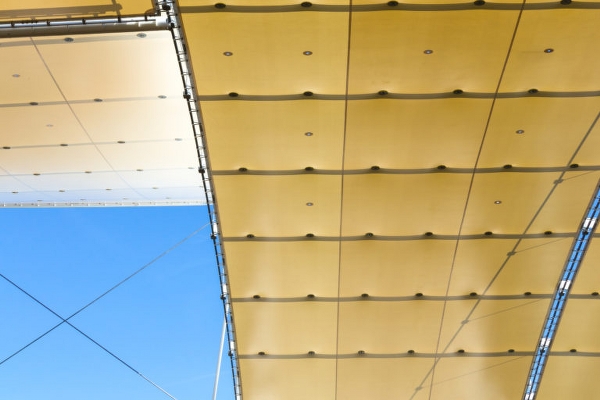
Circular economy: a sustainable future for textile
The deep transformations that the textile is experiencing are an open door to collectively define which are the key points that will shape the future of our industry. The assumption of the circular economy as priority by the industry concentrates, in large part, many of the great challenges that the Spanish and Global arena are facing today. Going from a system of linear economy to a circular economy system in an efficient, coordinated and profitable way is as necessary as convenient. The truth is that currently the limits of the linear economy are beginning to arise, representing a great risk for the overall system. We have gone from needing 65,000 million tons of raw materials in 2010 to an estimated of 82,000 in 2020. It is a generalized consensus that the use of a large quantity of resources that are not renewed is already causing an impact which is simply unaffordable. Consumers are algo begining to be aware of this situation, and will soon demand specific measures.In Spain, the textile is still making small steps towards circularity: it is necessary to deepen more in the processes of reuse and recycling, and it requires a greater commitment, awareness, collaboration and innovation from all the actors involved. The potential is infinite. In the value chain, fabrics are already being recycled, fibers are being regenerated and production resources are being optimized, but still many more efforts are needed at all levels.
The transition to circularity will also be a legislative reality at the EU in the coming years. At this moment several directives are being elaborated by the European Commission to regulate the circular economy, ensuring a deep and direct impact in the T + C sector. The forecast is that the Directil will enter into force in 2025, a key date for the future of European industry. In its turn, the fashion industry is already having a key role in this transition, due to the importance and impact of its weight in the global economy.